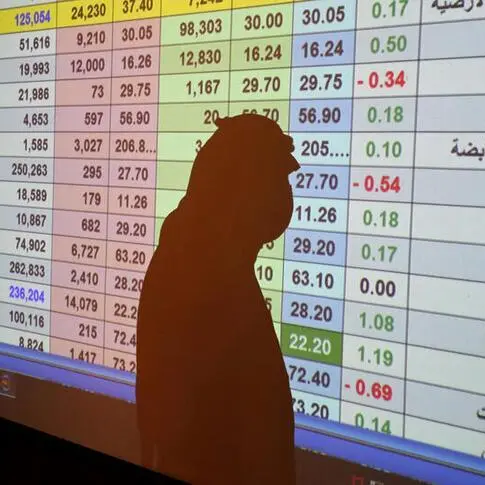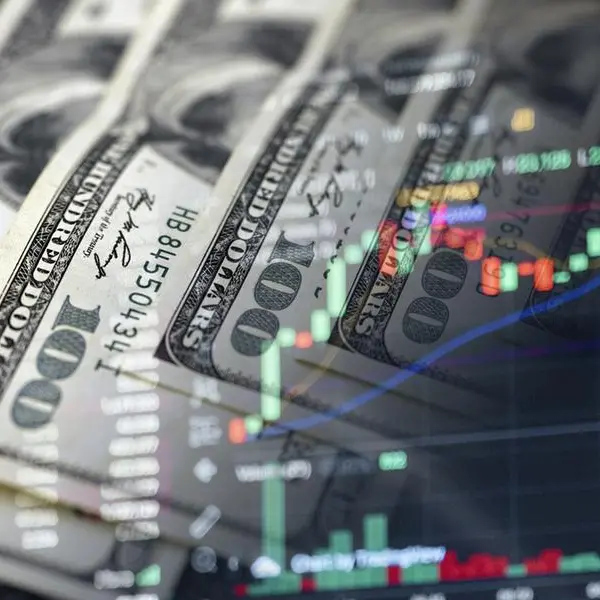PHOTO
TOKYO - The U.S. dollar advanced to a nine-month high on Thursday, as worries about widespread coronavirus infections and Federal Reserve meeting minutes showing policymakers considering reducing pandemic-era stimulus this year hit global stocks and commodity-linked currencies.
The dollar index, which measures its performance against six currencies, hit 93.434, its highest since early November last year. It was last up 0.2% at 93.273.
"The U.S. dollar is broadly stronger today against the non-haven currencies with a strong risk-off tone in markets that are roiled by the spread by the Delta variant," Shaun Osborne, chief FX strategist at Scotiabank in Toronto, wrote in a research note.
"Preparations for the beginning of the Fed's tapering cycle may also not be helping," he added.
The minutes of the Fed's July meeting showed officials largely expect to reduce their monthly bond buying later this year, but consensus on other key issues appeared elusive, including the timing of the start of the taper and whether inflation, joblessness or the coronavirus pose a bigger risk to economic recovery.
The Fed minutes, along with sustained worries about the spread of the coronavirus, pushed Wall Street stock indexes lower. European markets were down as well on Thursday, while safe-haven U.S. Treasuries gained, with benchmark 10-year yields nearly 3 basis points lower at 1.246%. The dollar hardly reacted to data showing weekly unemployment claims showed the number of people on state jobless rolls dropped in early August to levels last seen in mid-March 2020.
The euro fell as low as $1.1665 against the dollar for the first time since Nov. 4 and was last down 0.1% at $1.1699, while sterling fell 0.7% to $1.3679.
The reduction in debt purchases is also widely considered positive for the dollar as it is expected to raise U.S. government bond yields, making it more attractive for investors to hold dollar-denominated assets.
That said, Commerzbank analyst Antje Praefcke noted that the minutes provided little insight compared to what regional Fed chairs have recently said.
"The market will presumably only receive more detailed news in September when the Fed publishes its new projections and dot plots," she said.
"Until then, it makes more sense to keep an eye on the current developments of the pandemic and economic data," Praefcke added.
With pandemic fears in focus and oil prices falling, commodity-exposed currencies fell sharply on Thursday.
The Norwegian crown extended its fall against the euro even as the country's central bank kept interest rates on hold and reiterated plans to hike them in September.
It fell more than 1% to the lowest since July against the euro at 10.5405 crowns and dropped similarly against the U.S. dollar.
The Australian and New Zealand dollars each fell more than 1% to their lowest levels since November 2020 at US$0.7144 and US$0.6810, respectively.
The Kiwi dollar extended its losses, when New Zealand entered a new lockdown, delaying its central bank from becoming the first in the G10 from raising rates during the pandemic.
(Reporting by Gertrude Chavez-Dreyfuss in New York and Yoruk Bahceli in Amsterdam; Additional reporting by Kevin Buckland in TOKYO; Editing by Gareth Jones, Tomasz Janowski and Sonya Hepinstall) ((gertrude.chavez@thomsonreuters.com; 646-301-4124; Reuters Messaging: rm://gertrude.chavez.reuters.com@reuters.net))












